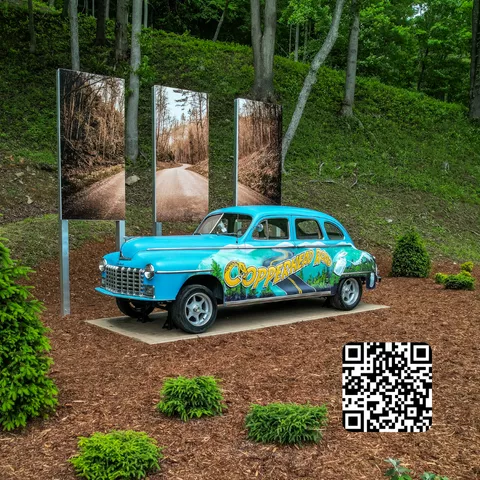
Old Butler was once a thriving community with a flourishing population and abundance of fertile farmland. The devastation caused by heavy flooding garnered national attention after the costly flood of 1940 that destroyed the local railway, cutting off this growing community from the rest of the world. The town actually boasted several hotels, retail stores, restaurants, doctors' and dentists' offices, churches, schools and even a movie theater. The high school, Watauga Academy, was located here and the town had its own Masonic lodge. In the mid 1940's, 650 families called Butler home. Many of these families had inhabited this area for generations with their ancestors among its earliest settlers.

After President Franklin D. Roosevelt signed a bill establishing the Tennessee Valley Authority (TVA) in 1941, the TVA began work on the Watauga Dam. They acquired more than 10,000 acres of land and relocated hundreds of families, separating many of them from the only homes they had ever known. Today, Old Butler is a ghost town submerged beneath Watauga Lake. While work on the dam was suspended for a time during World War II, on September 6, 1947, the TVA completed the purchase of the town, which included city hall and the jail, for a whopping price of $35,000.
One local resident joked around the time that "the next mayor of Butler will be a catfish!"
By December 1, 1948, the Watauga Dam gates were closed and the water began to rise, flooding the town of Old Butler and forever changing the landscape of Johnson County.
The Butler and Watauga Valley Heritage Museum opened in 2000 to honor the citizens of Butler as well as Watauga Valley, Roan Valley and Elk Valley. This first class Museum showcases the history of Butler and the relocation of the town to higher ground to make way for Watauga Lake to provide flood control and cheap electricity.
As you walk into the exhibit area, you will notice that this is not your typical small town Museum. The historical exhibits bring to life the early days of Old Butler and depict the extraordinary effort in relocating this small town, showing why it is known as “the town that would not drown”.
The Museum of Butler TN provides an incredible snapshot of a typical East Tennessee farming and lumber community and tells the story about life from a bygone era. It also reminds us of the price paid for the luxuries that we can experience today. The Museum is open to the general public on Saturdays and Sundays from May until October. Special tours are available.
Learn more about Old Butler, Tennessee.
(Pictured above: Russell Mink, taken around 1947, on Main Street of Old Butler.)
For the most up-to-date hours and information, please contact Museum of Butler TN directly.





































